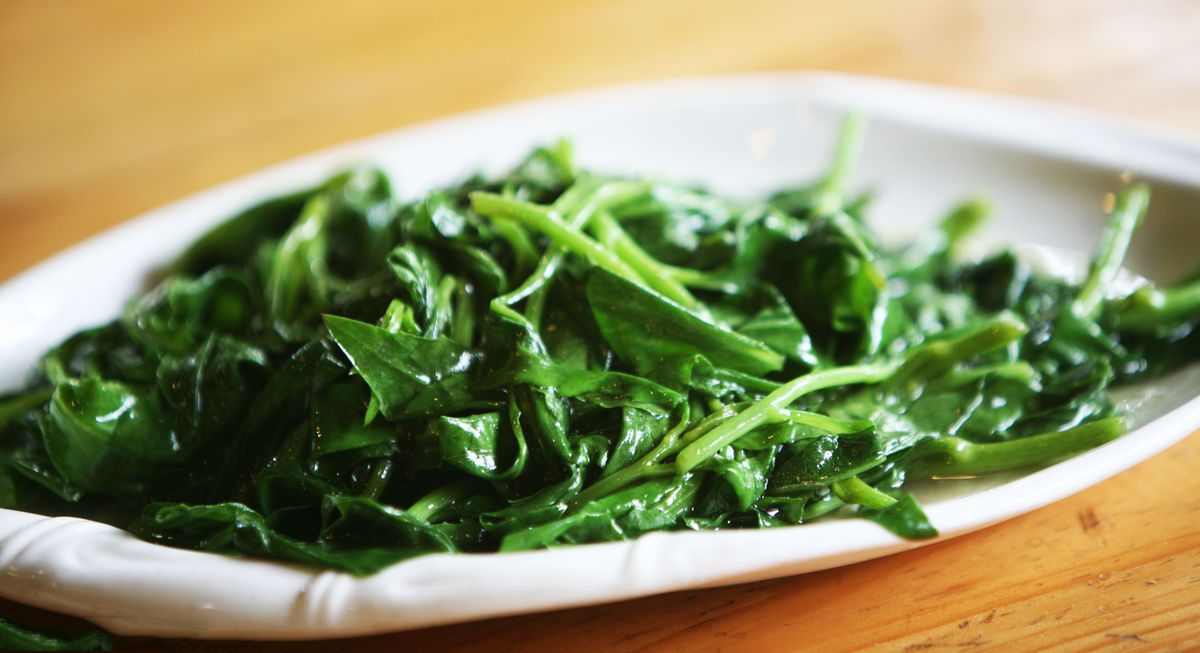Magnesium, the silent hero in our body, is always working hard for the proper functioning of our body. It is a versatile conductor that activates more than 300 enzymes in the body to play a harmonious symphony. Under its direction, proteins are built, bones grow stronger, nerves and muscles function smoothly, and even the rhythm of the heartbeat is under its control.

But this hero is not omnipotent; it also needs our care and attention. Like other essential minerals, magnesium's source is largely dependent on the foods we eat daily. A magnesium deficiency is like depriving the body of its source of vitality; bones may become brittle and fragile, muscles are prone to spasms, and insomnia may become a common occurrence.
Nuts and seeds are our go-to guys for boosting magnesium levels in our bodies; not only are they rich in flavour, but they also contain a decent amount of magnesium. On a leisurely afternoon, you pick up a handful of almonds and gently bite into the crunchy, flavorful texture. And what's even more surprising is that almonds contain 77 milligrams of magnesium per ounce, which is certainly a little nourishment for your body. Similarly, cashews are an excellent source of magnesium, providing 83 mg of magnesium per ounce, allowing your body to reap the benefits of good health while enjoying the taste. In addition to nuts, seed foods are also a treasure trove of magnesium. Hemp seeds, chia seeds, and pumpkin seeds are among the best of the best of seeds, and chia seeds and pumpkin seeds are just as good, allowing you to enjoy the flavour of the seeds while feeling the joy of your body being nourished. Of course, while nuts and seeds are great for boosting magnesium levels, they are also relatively high in calories.

Green leafy vegetables are like the stars of the nutritional world, and among these many nutrients, magnesium is their proud signature. Spinach and Swiss chard, as representatives of mineral-rich greens, are undoubtedly the best advocates of magnesium. Want to squeeze more magnesium out of these greens? Then, try blanching, boiling or steaming these cooking methods. Oxalic acid, a somewhat unfamiliar-sounding term, is a compound that inhibits our body's absorption of minerals. And leafy greens are often hiding this "little magnesium-absorbing pest". But with cooking magic, we can easily deal with it. The oxalic acid content of the vegetables is greatly reduced and the magnesium content is increased, making it easier for our bodies to absorb it.
Chocolate lovers, listen up! Your beloved chocolate is surprisingly rich in magnesium! That's a pleasant surprise. However, don't be in a hurry to indulge in the delicious taste of dark chocolate, it won't give you that signature sweet taste of milk chocolate. Instead, dark chocolate challenges your taste buds with its unique bitter and rich flavour.
On the path of magnesium supplementation, we seem to be in a colourful treasure trove of delicious foods that are like sparkling gems waiting for us to discover their value. Green leafy vegetables are like the emerald in this treasure trove, they are not only green and colourful but also rich in magnesium. After cooking, they are like carved emeralds, more crystal clear, releasing more magnesium for our bodies to fully absorb. Nuts and seeds are the pearls in this treasure trove, small and delicate, but containing endless treasures. Dark chocolate is like the black gold of this treasure trove, although its appearance is not ostentatious, but has an irresistible charm. Each bite of dark chocolate is like black gold melting in your mouth, releasing a rich magnesium element.






